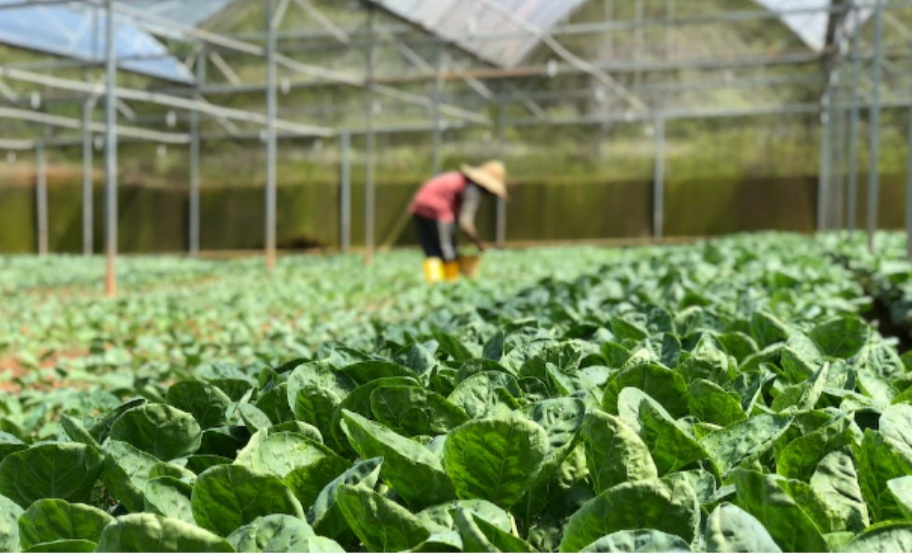
The first greenhouses were built in the 16th century in Europe. At that time, they were used mostly for growing exotic plants brought back from foreign countries by explorers. Today, greenhouses are an essential tool for farmers around the world, who use them to grow a wide variety of crops year-round.
Greenhouses are becoming an increasingly important asset for modern farmers. Here we will explore the benefits of greenhouse farming and why more and more farmers are making the switch. Stay tuned for more information on this exciting topic!
The main benefits of greenhouse farming are the controlled environment, increased crop yields, and year-round production. Visit norhage.no/drivhus
Greenhouses allow farmers to control the temperature, humidity, ventilation, and light exposure for their plants. This means that they can create the perfect conditions for their crops to grow in, leading to higher yields.
Additionally, greenhouses can extend the growing season by protecting plants from extreme weather conditions. This allows farmers to produce more food throughout the year, which is especially important in regions with long winters.
Another benefit of greenhouse farming is that it uses less water than traditional farming methods. This is because the controlled environment of a greenhouse prevents evaporation and minimizes plant stress. As a result, greenhouse farmers can save water and money on their operations. Also visit drivhus fra Norhage
Overall, greenhouse farming has many advantages that make it a great option for modern farmers. With the controlled environment, increased crop yields, and year-round production, greenhouses provide an ideal setting for successful agriculture.
Purpose of greenhouses:
The main purpose of greenhouses is to cultivate plants and flowers, or to provide shelter for edible crops that are unable to withstand the outdoor elements. Most greenhouses are made out of either glass or clear plastic, which allows sunlight in but maintains consistent temperatures and humidity levels ideal for plant growth. Some larger commercial greenhouses use sophisticated environmental controls to maintain specific conditions for different types of plants.







